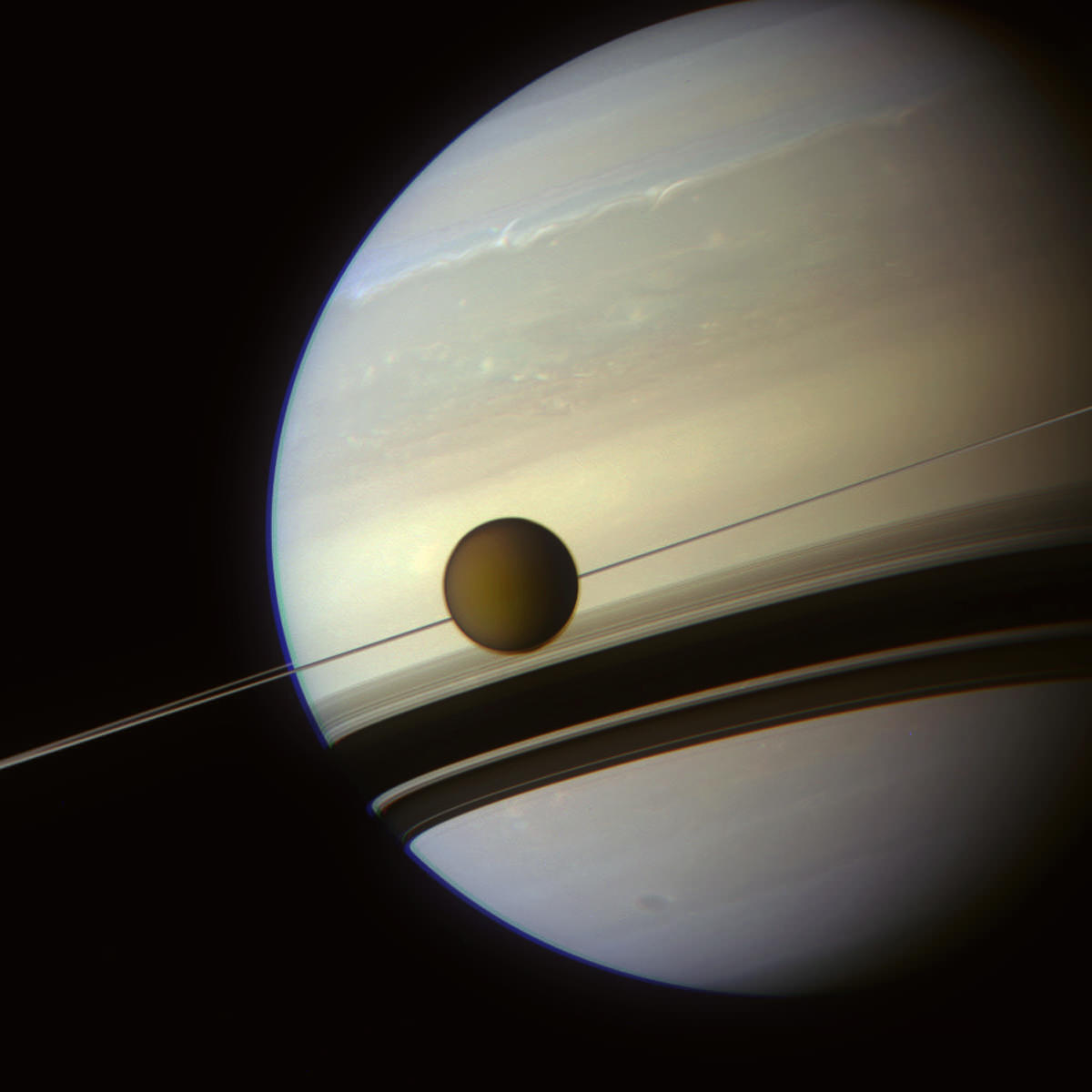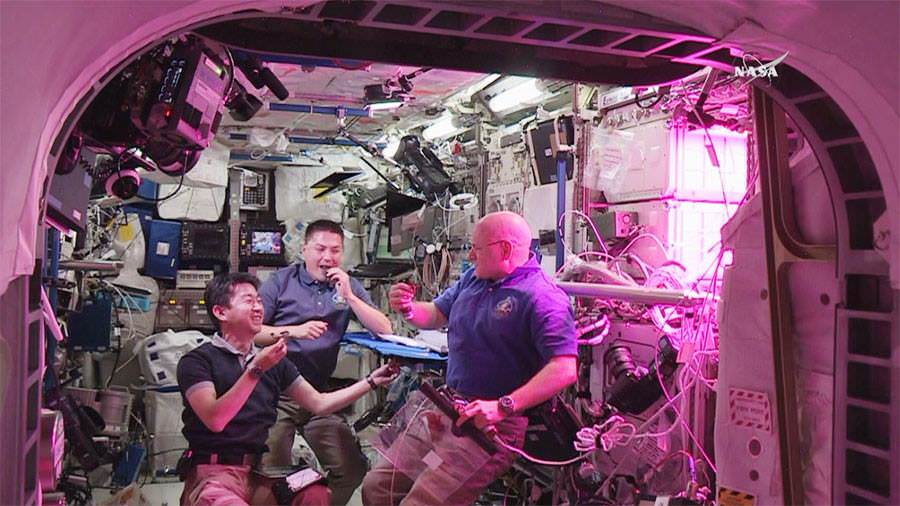Saturn’s moon, Titan, is an anomaly among moons. No other moons have surface liquids, and aside from Earth, it’s the only other Solar System object with liquids on its surface. However, since Titan is so cold, the liquids are hydrocarbons, not water. Titan’s water is all frozen into a surface layer of ice.
New research suggests that under the surface, Titan is hiding another anomaly: a thick crust of methane.
Continue reading “Titan May Have a Methane Crust 10 Km Thick”









